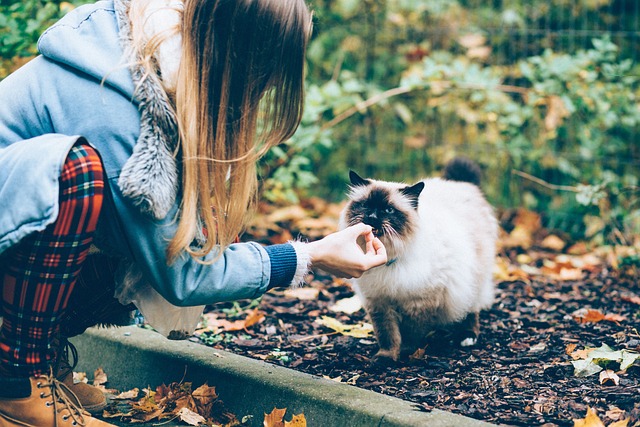



Before we dive into whether cats can eat pasta or not, it's important to understand a cat's dietary needs. Cats are obligate carnivores, which means they require a diet that is primarily made up of meat. Their bodies are designed to digest and absorb nutrients from animal-based proteins.
Cats have specific nutritional requirements that include high levels of protein, moderate amounts of fat, and minimal carbohydrates. They also need certain vitamins and minerals, such as taurine, which is found in animal tissues. Meeting these dietary needs is crucial for their overall health and well-being.
While pasta may seem harmless and even tempting to share with your feline friend, it's important to be aware of the potential risks involved. Pasta is primarily made up of carbohydrates, which are not a necessary component of a cat's diet. Feeding too much pasta to your cat can lead to weight gain and obesity, as well as other health issues such as diabetes.
Additionally, pasta often contains ingredients like garlic and onions, which are toxic to cats. These ingredients can cause damage to a cat's red blood cells and lead to anemia. It's important to check the ingredients of any pasta dish before sharing it with your cat.
Another risk of feeding pasta to cats is the potential for digestive upset. Cats have sensitive digestive systems, and introducing a new food like pasta can cause diarrhea, vomiting, or other gastrointestinal issues. It's always best to introduce new foods to your cat's diet slowly and in small quantities to avoid any adverse reactions.
While pasta may not be an essential part of a cat's diet, there are a few potential health benefits that can come from incorporating small amounts of pasta into their meals. One benefit is the added fiber that pasta can provide. Fiber can help regulate a cat's digestive system and prevent constipation.
Another potential benefit is the additional calories that pasta can offer. Some cats may have difficulty maintaining a healthy weight, and adding a small amount of pasta to their meals can help increase their calorie intake. However, it's important to note that this should only be done under the guidance of a veterinarian, as each cat's dietary needs are unique.
If you decide to incorporate pasta into your cat's diet, it's important to do so in a safe and controlled manner. Here are a few tips to follow:
- Cook the pasta plain, without any added sauces or seasonings. Avoid ingredients like garlic, onions, and excessive salt, as these can be harmful to cats.
- Cut the pasta into small, bite-sized pieces to make it easier for your cat to eat and digest.
- Start by offering a small amount of pasta as a treat or topping to your cat's regular meal. Monitor their reaction and watch for any signs of digestive upset.
- Limit the amount of pasta you give to your cat. Remember, it should only be a small part of their overall diet and should not replace their regular cat food.
- Consult with your veterinarian before making any significant changes to your cat's diet, including the addition of pasta.
If you're looking for alternative ways to add variety to your cat's diet without resorting to pasta, there are several options to consider. Here are a few ideas:
- Cooked, plain meat: Offer small pieces of cooked chicken, turkey, or lean beef as a treat or topping to your cat's regular meals. Make sure to remove any bones, skin, and excess fat before feeding it to your cat.
- Fish: Some cats enjoy small amounts of cooked fish, such as salmon or tuna. However, it's important to ensure that the fish is boneless and cooked thoroughly to avoid any potential health risks.
- Commercial cat treats: There are many commercially available cat treats that are specifically formulated to meet a cat's nutritional needs. These treats come in a variety of flavors and textures, providing a safe and convenient option for adding variety to your cat's diet.
In conclusion, while cats can technically eat pasta, it is not an essential part of their diet and should be given in moderation. Feeding too much pasta to your cat can lead to weight gain, digestive upset, and other health issues. It's important to prioritize a cat's specific nutritional needs, which are best met through a balanced diet of high-quality animal-based proteins.
If you do choose to offer pasta to your cat, make sure it is plain, cooked, and free from any harmful ingredients. Always consult with your veterinarian before making any significant changes to your cat's diet, and consider alternative options such as cooked meat or commercial cat treats to add variety to their meals. Remember, the health and well-being of your feline friend should always be the top priority.
Related posts